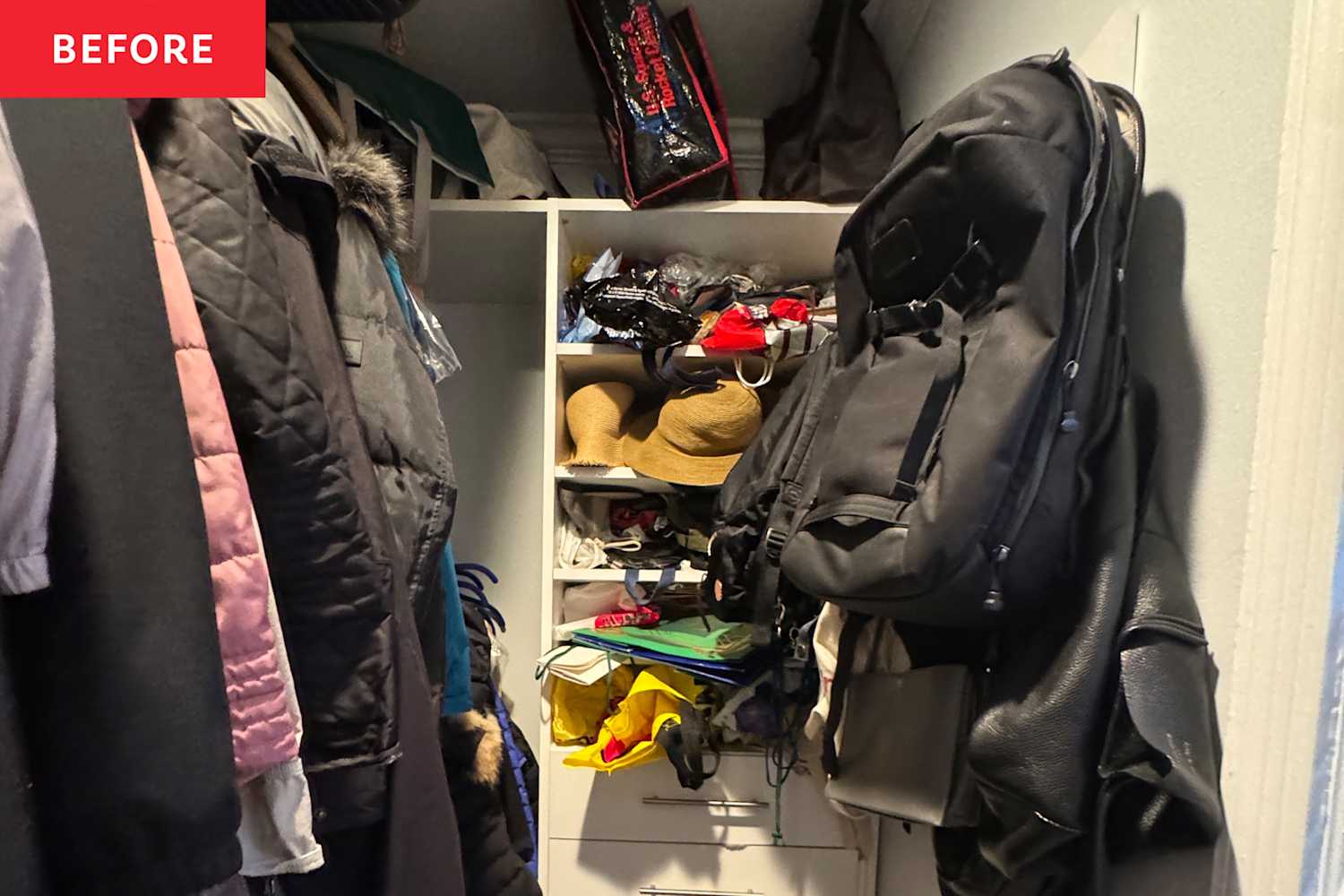
"We pulled everything out of the closet - coats, hats, toys, and bags - and grouped them into categories like rain gear, summer toys, and accessories.When it came to coats, Walker had me sort them by season. That one small change made a big difference, letting me see how many winter coats we truly owned (and how many we didn't need). I even uncovered an old snow bib that hadn't fit anyone in years."
"The next step was to get rid of anything broken or unnecessary, including old toys, cracked hangers, and caps my kids had outgrown. I asked how much I should throw away, and Walker's advice was simple: Whatever fits comfortably in my space is what I keep.I liked her practical approach. Instead of focusing on how much I was getting rid of, I focused on what made sense to keep. One bin of baseball caps? Great. Anything that didn't fit? Gone."
"When I renovated my house, a bigger coat closet for my family of six was non-negotiable. I loved the result - hanging space, hooks, shelves, and a drawer for each family member - but over time, the space became chaotic. The oddly shaped closet and the sheer number of people using it every day made it hard to keep things neat."
A family of six gained a larger coat closet with hanging space, hooks, shelves, and individual drawers but the space became chaotic over time. The oddly shaped closet and heavy daily use led to piled bags, hidden floor space, and general disorder. A professional organizer emptied the closet and used trash, donation bags, and sorting boxes to group items into categories like rain gear, summer toys, and accessories. Coats were sorted by season to reveal unnecessary items. Broken, outgrown, or damaged pieces were discarded, and the rule became to keep only what fits comfortably in the available space. Excess tote and shopping bags were identified as a separate storage problem needing targeted solutions.
Read at Apartment Therapy
Unable to calculate read time
Collection
[
|
...
]